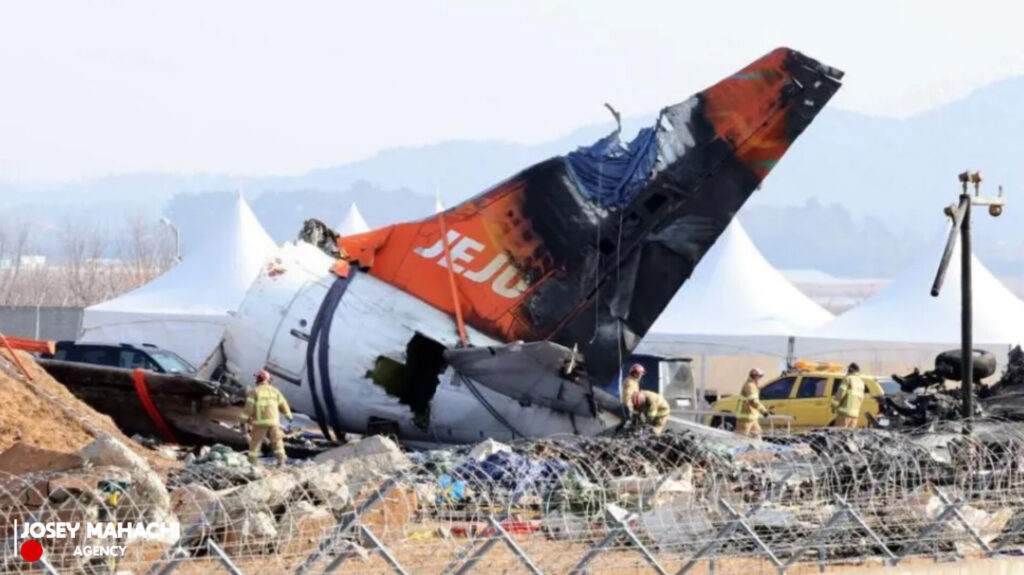By : Lloyd Mahachi
A preliminary investigation report has revealed that bird feathers and blood stains were found on both engines of the Jeju Air plane that crashed in South Korea in December, killing 179 people. The feathers and blood stains belonged to the Baikal teal, a type of migratory duck that flies in large flocks.
The investigation into the crash, the deadliest on South Korean soil, will now focus on the role of the bird strike and a concrete structure at the end of the runway, which the plane crashed into. The engines of the Boeing 737-800 will be torn down, and the concrete structure will be examined further.
The Jeju Air plane took off from Bangkok on the morning of December 29 and was flying to Muan International Airport in southwestern South Korea. At around 08:57 local time, three minutes after pilots made contact with the airport, the control tower advised the crew to be cautious of “bird activity.”
Just two minutes later, at 08:59, the pilot reported that the plane had struck a bird and declared a mayday signal. The pilot then requested permission to land from the opposite direction, during which the plane belly-landed without its landing gear deployed.
The plane overran the runway and exploded after slamming into the concrete structure. A graphic shows the final moments of Flight 7C2216, with the aircraft touching down with landing gear up on the runway near the airport.
Experts have questioned the presence of the concrete barriers along the runway, suggesting that the casualty toll would have been lower if they were not there. The concrete structure holds a navigation system that assists aircraft landings, known as a localiser.
South Korea’s transport ministry had said that this system could also be found in other airports in the country and even overseas. In response to the crash, authorities have announced plans to change the concrete barriers used for navigation at seven airports across the country.
Seven airports will also have their runway safety areas adapted following a review. The preliminary report has been submitted to the United Nations’ aviation agency and to the authorities of the United States, France, and Thailand.
The investigation is ongoing, and authorities are working to determine the exact cause of the crash. The incident has raised concerns about aviation safety and the need for improved measures to prevent such tragedies in the future.
As the investigation continues, the families of the victims and the people of South Korea are left to mourn the loss of loved ones and to seek answers about the circumstances surrounding the crash. The incident has had a profound impact on the nation and has raised important questions about aviation safety and regulation.
Editor : Josephine Mahachi

